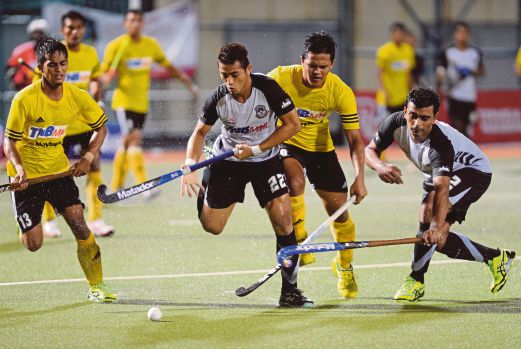This chapter has
examined research in youth sport through an integrated developmental and
ecological lens. The PPCT components of Bronfebrenner’s
ecological system
theory and principles of positive youth development combined with the DMSP served
as a framework to increase understanding of healthy
youth development
through sport participation. Based on youth sport research,particularly Cote
and colleagues’ DMSP, the following suggestions are made for youth sport
programs aiming to promote positive youth development.
1.Sport programs
for children (i.e. age 6–12) should include interactions between children, and between children and
adults, that are based on play and
opportunities to try out different forms of sporting activities.‘Sampling’ and ‘playing’ during childhood is
posited as the proximal processes that form the
primary mechanism for continued sport participation at a
recreational or elite level.
2.Sport programs
during adolescence (i.e. age 13+) can change to include proximal
processes built upon more specific training activities and specialization in one sport. As such,
adolescents should have the opportunity
to either choose to specialize in their favorite sport or continue
in sport at a recreational level.
3.The developmental
assets of the person (i.e. child or
adolescent) involved in a
sport program should be a priority of coaches, parents, and adults involved in the sport experience.
4.The eight setting
features of the NRCIM should be implemented in sport programs
to provide youth with a context that
promotes developmental assets and
the growth of life skills, competency, and responsibility.
5.Youth sport
programs must be designed in consideration of children’s healthy development over time.
Administrators, coaches, and parents must look beyond
the next game or the season final, to focus as well on the long-term positive developmental outcomes of
the child-athlete.
6.The role of
coaches and parents in sport is more than simply promoting motorskill development. Parents and coaches
have a significant impact on the personal and social development of children involved in sport. Given the importance of these relationships, appropriate training that includes the
principle of positive youth development should be provided to all adult leaders in youth sport programs.
The PPCT model
serves to highlight the multiple features that should be combined to design and
deliver youth sport programs that promote physical health, motorskill
development, and psychosocial development. This chapter has showed that these
three objectives are not mutually exclusive and that effectively designed sport
programs can contribute to healthy youth development. In light of the role that
sport can have on the whole development of youth, it becomes imperative that
youth sport and positive youth development research inform each other on the
best available means to promote enhanced life for all youth.
...........continue Part 3(Final)


